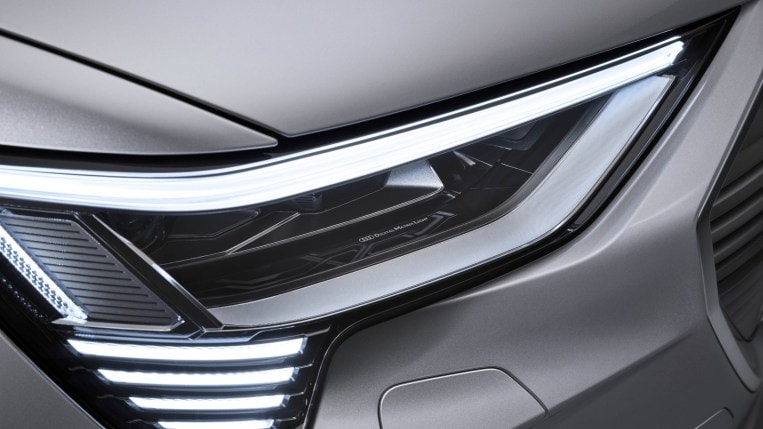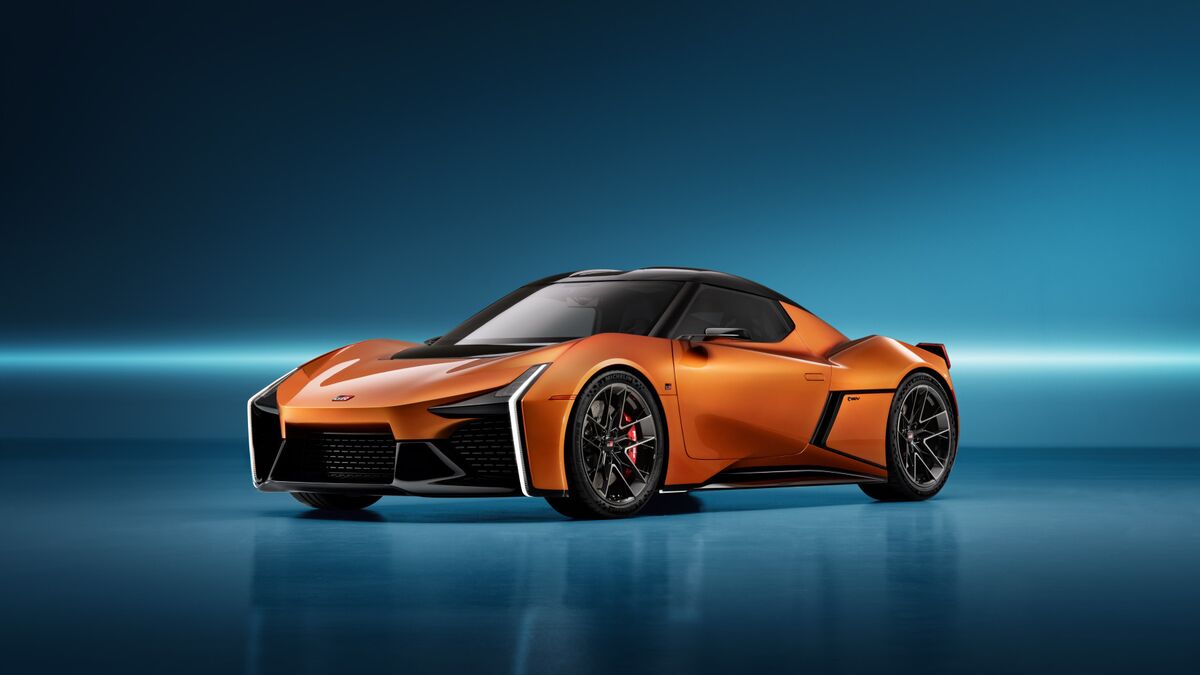
Why the Problem Exists
Until this week, U.S. federal law required car headlights to have both a low beam setting for illuminating the area close to the car and a high beam setting for illuminating an area farther away. The law specified that the two couldn’t be active at the same time.
Headlights have grown brighter, in part, thanks to safety advocates who (rightfully) point out that dim headlights make collisions more likely. That’s working – studies have shown that better headlights mean fewer crashes.
But lights have grown higher off the ground thanks to American drivers’ preference for SUVs, which now outsell cars and trucks combined. The combination leads to brighter, taller headlights that can dazzle bicyclists, pedestrians, and other drivers.
This Has Been Solved Outside the U.S.
The problem has been solved elsewhere. In Europe and much of Asia, drivers enjoy a technology called adaptive headlights. Adaptive headlights aren’t limited to just two beams. Instead, they use a matrix of LEDs, like pixels, to create a beam of light. Turning individual pixels on and off can reshape the beam.
Related: Your Next Car Will Have Better Headlights, Thanks to Insurance Rule
Automakers have developed several different adaptive headlight systems, which function differently. But most use a forward-facing camera that detects pedestrians, bicyclists, and other cars. It then switches individual pixels on and off to reshape the light beam around others. That gives the driver a constant, well-illuminated view of the road but avoids dazzling others.
Adaptive headlights are currently illegal in the United States because of that federal law. But that’s about to change.
Updated in the New Infrastructure Law
We have the recent federal infrastructure bill to thank. Buried in the act that repairs bridges and roads was a clause that eliminates America’s two-beam requirement and specifically legalizes adaptive headlights. The law gave Transportation Secretary Pete Buttigieg two years to enact the rule, but the department moved much faster than required. It went into effect Tuesday.
Though the rule changed quickly, the experience of being blinded by oncoming traffic will be with us for years. The average car on American roads is now over 12 years old. Not all Americans buy cars that slowly – there’s a significant subset who replace their car every year or two – but many do. So, it could be more than a decade before adaptive headlights are common.
A Handful of Cars Could Get Them Quickly
The good news, though, is that some cars may get them very quickly. Some automakers have spent the last few years installing two types of headlights – two-beam lights for the American market and adaptive lights for the rest of the world.
But some have, instead, installed adaptive headlights everywhere – even here. They’ve then used software to prevent the adaptive system from working and separate them into just two beams that can’t be active together, to comply with U.S. law. Turning the adaptive headlight feature on could be as simple as installing a software update. Audi, for instance, builds a sophisticated laser-based headlight system into all of its cars globally but uses software to block it from use in America. They could activate it with a simple software update.
No automaker has yet announced that they’ll do that. But we expect to see it happen soon. We’ll report on it as it comes.







